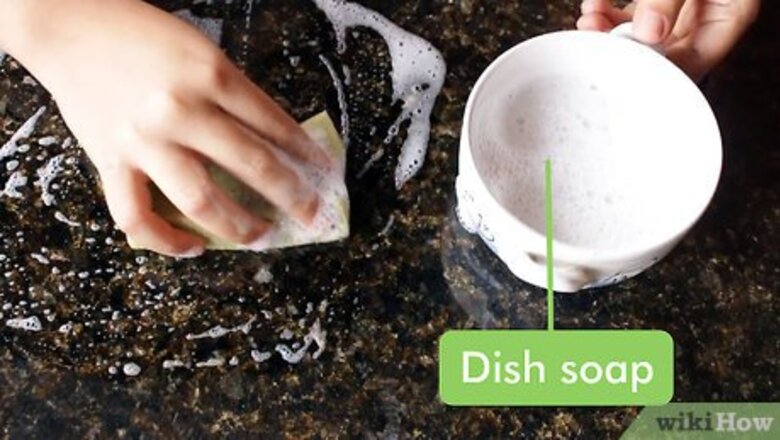
views
X
Research source
Choosing the Cleaning Agent
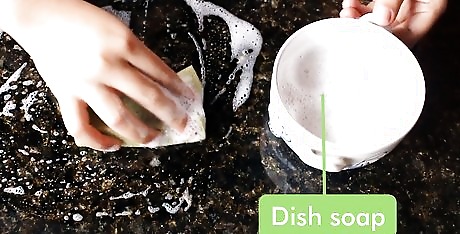
Apply a mild dish soap to the surface. To clean Formica, apply a mild dish soap to the surface. You can either apply the dish soap directly to the surface or mix with water and then dip a sponge into the solution before rubbing it on the surface.
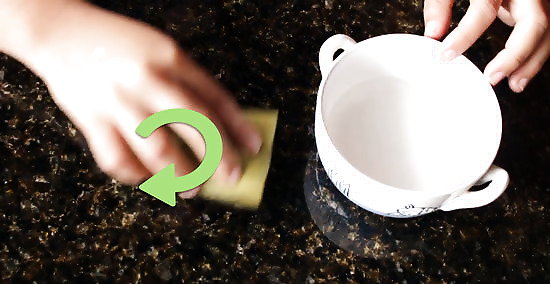
Try a white vinegar and water mixture. You can also use a white vinegar and water solution to clean formica. Mix together equal parts white vinegar and water and then apply to the surface.
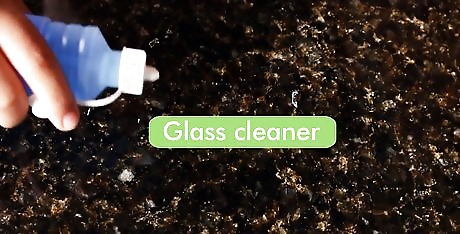
Spray high gloss surfaces with glass cleaner. If your counter tops have a high gloss finish, you may need to use a simple glass cleaner to remove any streaks or smears that may become present after a normal cleaning. To do this, spray glass cleaner on the streaky area and then wipe with a paper towel or cotton cloth. An all-purpose cleaner will also work well.

Avoid cleaners that contain acid, alkali, or sodium hypochlorite. These can etch, corrode, or discolour the surface. As a result, only mild and gentle cleaning agents should be used. Read the ingredients on your cleaning products to ensure they will not mark the surface.
Wiping the Surface Clean
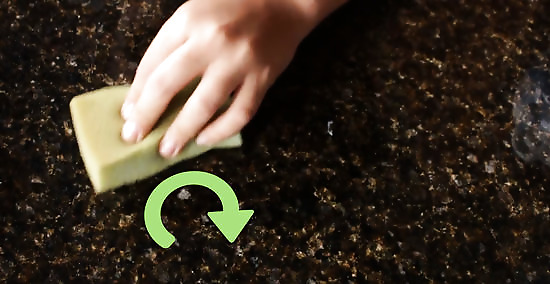
Rub with a damp cotton cloth or soft sponge. Gently rub the cleaning agent onto the surface, using a damp cotton cloth or soft sponge. Using a circular motion and a little elbow grease, you should be able to remove most spills. For matte, sparkle, or dimensional finishes, you may need to use a nylon bristled brush to adequately clean the surface. Do not use an abrasive pad or scouring cloth. These can permanently scratch or dull the surface.
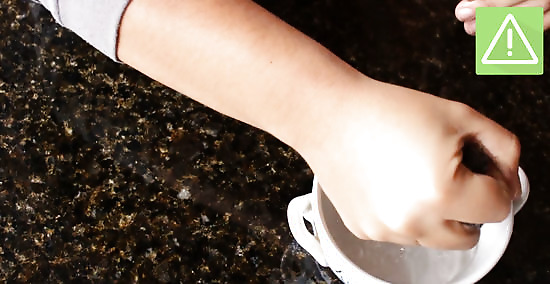
Rinse with water. Once you have rubbed the cleaning solution over the surface, soak a clean cloth in water. Wring the cloth so that it is slightly damp and then rub the surface to rinse away any remaining soap. Do not flood the surface. If you pour too much water onto the surface to rinse away the soap, it may seep into the seams of the Formica. This can cause the surface to warp.
Dry the surface with a cotton cloth. Using a dry cloth or towel, thoroughly dry the surface and remove any excess water. A microfiber rag also works well.
Removing Tough Stains
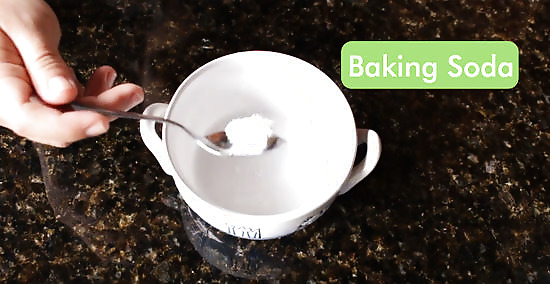
Use a baking soda and water mixture. Some tough to remove stains will respond well to a baking soda and water mixture. Mix 1 tablespoon (14.8 ml) of baking soda with one quart (liter) of water. Apply the mixture to the desired area. Leave the paste on the stain for approximately five minutes. For really tough stains, leave the paste on the stain overnight.
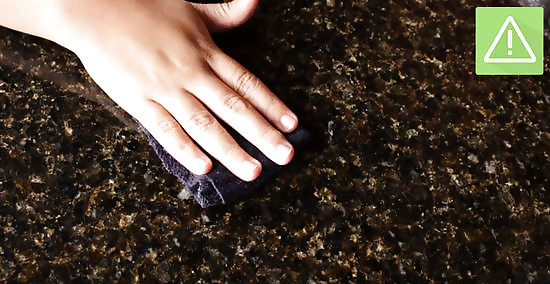
Blot the stain with a damp cotton cloth. Baking soda can be corrosive, as a result, you should not rub the mixture onto the Formica surface. Instead, use a damp cloth and blot the stain. This will prevent you from scratching or damaging the surface and will remove the baking soda and water mixture.
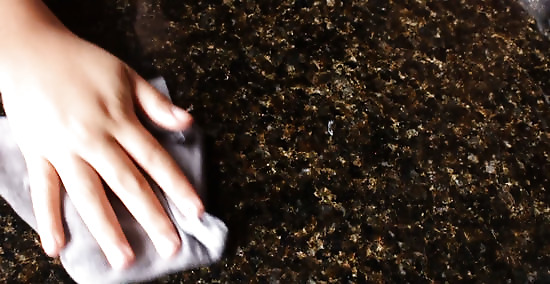
Dry the surface. Once you have rinsed away the stain remover, dry the surface using a clean and dry cotton cloth or towel.
Preventing Stains
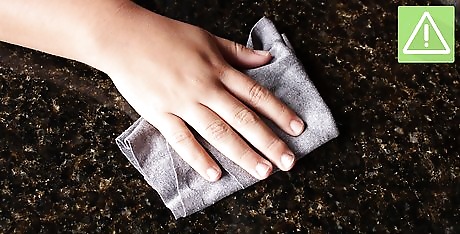
Wipe up spills immediately. The best way to prevent the development of tough stains, is to wipe up any spills immediately as they happen. The longer a stain stays on the surface, the more likely it is to cause permanent damage.
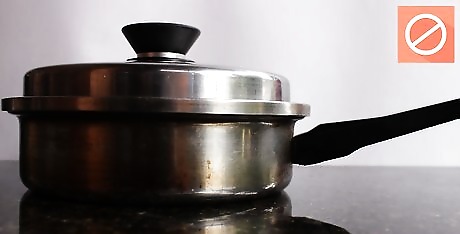
Avoid placing hot items directly on the surface. Dishes or pans that have been removed from the oven or stovetop should not be placed directly on a Formica surface. These can leave permanent scorch marks or warp the plastic finish. Similarly, you should not place a curling iron or straightener directly on the surface. Always use a trivet or insulated hot pad to protect the surface from direct heat.
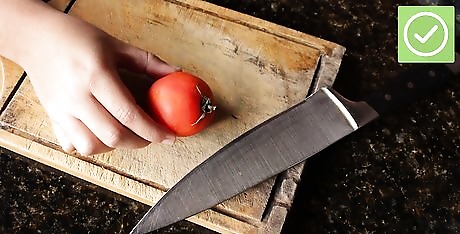
Use a cutting board. Do not use a Formica countertop as a cutting board. Sharp knives can scratch the surface causing permanent damage. As a result, you should always use a cutting board when working with sharp objects.










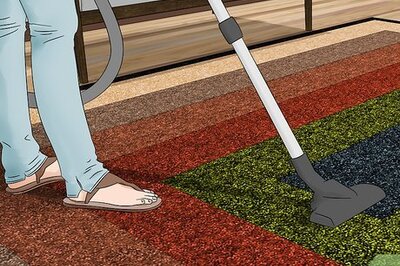








Comments
0 comment